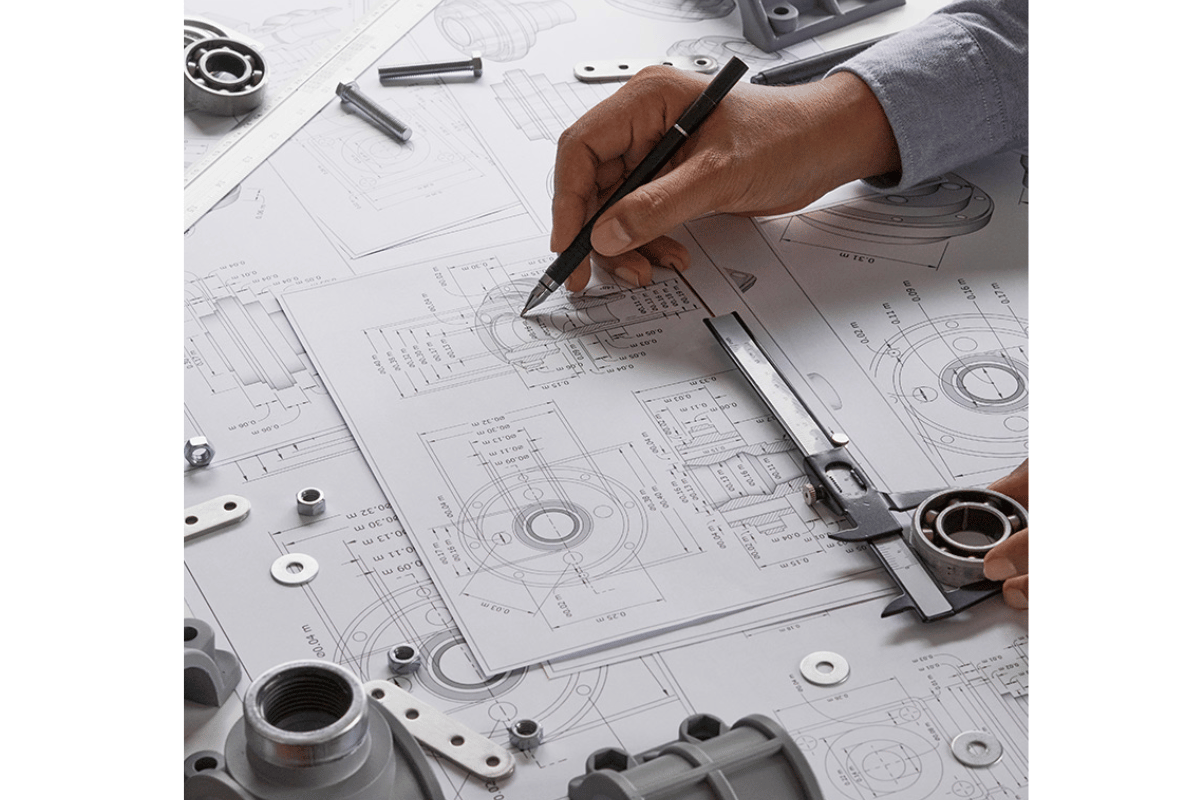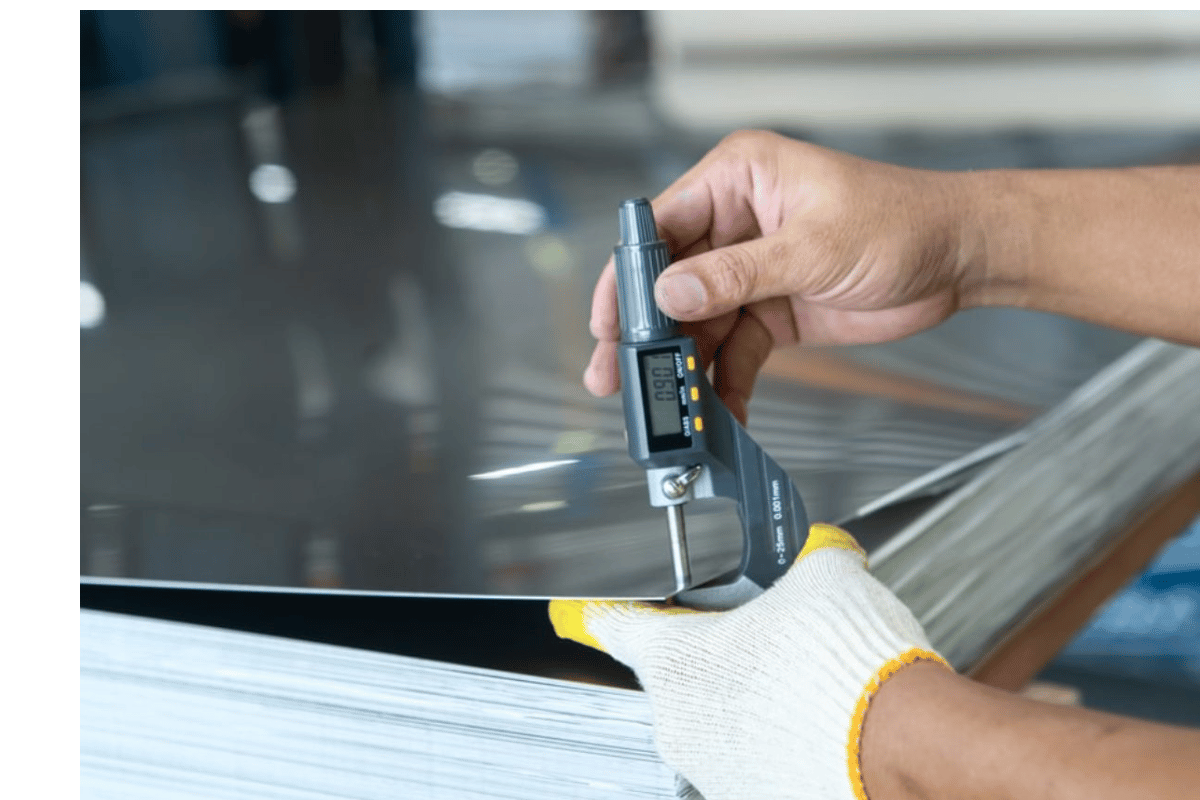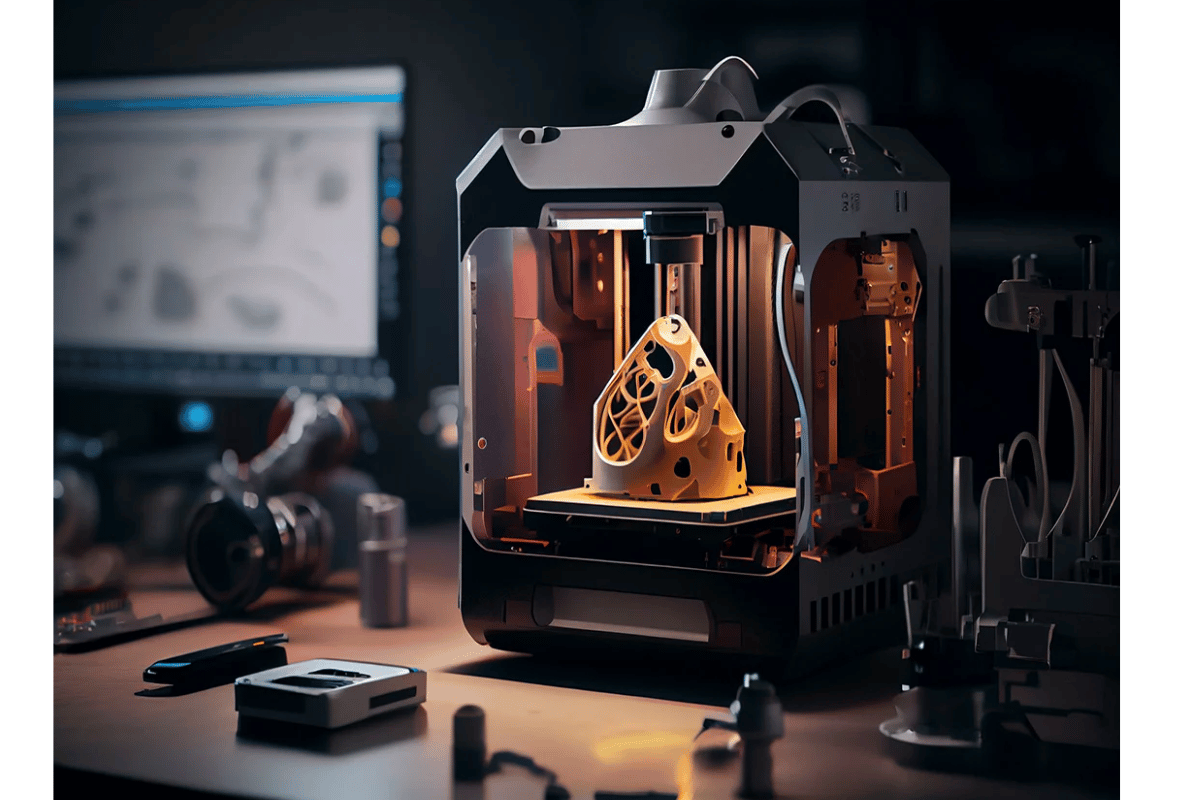What Role Does Flux Play in Welding Processes?
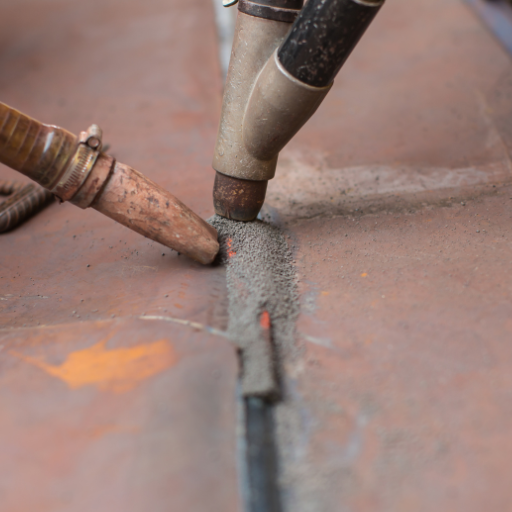
Understanding the Role of Flux in Welding
How Flux Protects the Weld Pool from Contamination
Differentiating Flux Types and Their Uses in Welding
There are various types of flux and each of them is used for different purposes in welding. The most popular fluxes include:
- Shielded Metal Arc Welding (SMAW) Flux: Commonly known as stick-welding flux, it contains mainly cellulose, rutile or basic (low hydrogen) compounds which help to stabilize the arc and remove impurities from the weld pool.
- Gas Metal Arc Welding (GMAW) Flux: This is a type of flux used mostly in MIG welding; it may not be visible at all times because shielding gas (CO2 or argon) is relied upon for protecting the weld pool.
- Flux-Cored Arc Welding (FCAW) Flux: In this kind, a continuous tubular wire filled with flux powder is employed; it ensures good penetration and higher deposition rates; can be used with or without external shielding gas.
- Submerged Arc Welding (SAW) Flux: This type consists of granular substances that blanket the weld zone providing excellent protection against contaminants while producing low-arc visibility.
Through knowledge of these flux types as well as their technical specifications will enable me make proper selection on the most appropriate one while undertaking any project thus improving quality and reliability of a weld.
Exploring the Different Types of Flux for Welding
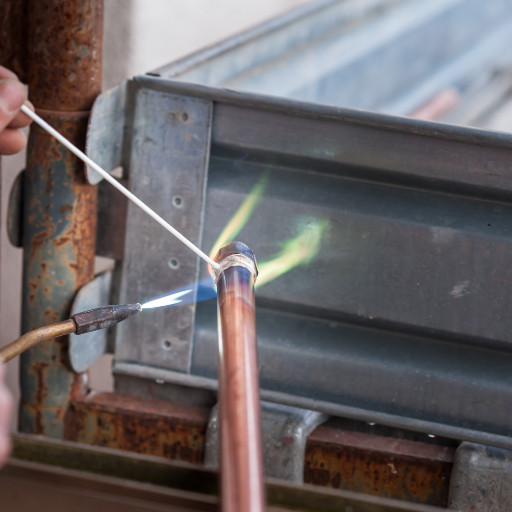
When it comes to different types of flux for welding, one should know what each does differently before making an informed decision. I have compiled a short list with descriptions based off of my own extensive research from reliable sources:
- SMAW (Stick Welding) Flux Types:
- Cellulose: These rods work best when used on pipes due to their high deposition rates and ability to penetrate deeply.
- Rutile: Rutile is used as a coating material because it provides a smooth arc and allows easy removal of slag; typically employed on thin or medium thickness metals.
- Basic: Basic electrodes contain low amounts of hydrogen, which greatly improves mechanical properties – hence its common usage in constructing steel structures.
- GMAW (MIG Welding) Flux Elements:
- In MIG welding, you must use the proper shielding gas consistently (usually between 20-40 cubic feet per hour).
- For short-circuit transfer, set voltage at 17-22 volts; for spray transfer, set voltage at 23-30 volts.
- Wire feed speed ranges from 100-500 inches per minute depending on how thick the metal being welded together is.
- FCAW Flux Attributes:
- Self-Shielded: No need for extra gas coverage so can be done outdoors with good penetration capabilities.
- Gas-Shielded: Cleaner looking welds are produced but only if shielded properly; usually done in manufacturing plants where fumes need to be controlled tightly.
- SAW Flux Characteristics:
- This type uses granulated flux made up of things like alumina, silica, calcium oxide etc., which gives it great resistance against rusting or reacting with mill scale while still being able to handle them well enough during use.
- It is often accompanied by high amperage settings ranging from 300 amps all the way up through 2000 amps as well as high voltage settings spanning from 28 V all the way up till 44 V. This allows for deeper penetration into the material being worked on and a wider bead shape as well.
I hope that by studying these various types of fluxes and their specific attributes it will help me to make better decisions about which one(s) would work best for any particular welding project resulting in stronger more reliable welds.
Basic Fluxes vs. Rutile: Characteristics and Applications
To choose between basic and rutile fluxes, it is important to know their different properties and what they are used for in welding. Basic fluxes have less hydrogen which makes them good for structural steel applications. They improve toughness and ductility by reducing the risk of cracking caused by hydrogen. This is why basic fluxes are suitable for heavy duty construction where strong welds must be made.
Unlike basic fluxes, rutile ones give a smooth arc and can easily remove slag which makes them ideal for materials with thin or medium thicknesses. These characteristics together with the fact that they are easy to use and produce neat weld bead appearance make them suitable for general fabrication work and repairs too. Moreover, post-welding cleanup may take less time if the slag is produced by rutile fluxes.
In other words, I will choose between basic and rutile fluxes depending on what needs to be achieved during welding process under consideration. If there is need for high structural strength in any given project then my preference shall lean towards basic fluxes. Conversely, when it comes to ease of operation as well as quick cleaning up after welding; rutile ones should be used instead during normal welding activities
The Impact of Flux Composition on Weld Quality
The weld quality is much affected by flux composition. An example of basic fluxes are high calcium carbonate content which makes the weld stronger and less likely to crack because hydrogen atoms don’t have enough space to move around in them. They also look good when used for making critical structures that need to be very impact resistant but Rutile fluxes contain titanium dioxide that has an ability to offer easy separation between metal and slag which results into smooth looking joints which are more attractive compared with other types of welding materials even those used on thinner sections or positions where it may not be necessary so all these factors should be considered before choosing one depending upon what kind of work needs done like if we want something strong or aesthetic beauty etcetera.
Flux in FCAW and SAW: A Comparative Analysis
In stabilizing the arch and guarding the molten weld pool from being contaminated by air, flux performs a critical function in both Flux-Cored Arc Welding (FCAW) and Submerged Arc Welding (SAW). However, the use and needs of flux are very different in FCAW and SAW.
Flux is built into the consumable electrode in FCAW where it acts as a source of shielding gas to aid in controlling the dynamics of the weld pool and reducing spatter. The chemical composition of flux for FCAW may include deoxidizers, slag formers, alloying elements among others which influence mechanical properties as well as aesthetics of finished weld joints. This process can be used outdoors or indoors since it has versatility even under windy conditions because it is self-shielding.
SAW uses fluxes that are granular materials applied progressively over the welding area until they form thick blankets around this region throughout welding operation time. Besides safeguarding against oxidation both arc stability during shaping bead formation is also maintained by these coatings. Common components found in most SAW fluxes include silica, manganese oxide and lime; all these additives serve to improve appearance qualities while enhancing mechanical properties of welded joints. Unlike FCAWs which can be done manually or mechanically depending on size requirements such as thicknesses worked with or volumes produced per unit time but mainly due to their deep penetration abilities coupled with high deposition rates best suited for large scale production using automated system would always be Submerged arc welding.
The decision whether one should utilize FCAW or SAW methods rests on various factors like workpiece dimensions , desired joint strength levels achievable through each process alone among others which will ultimately determine project requirements.
Mastering Flux Core Welding: Techniques and Tips
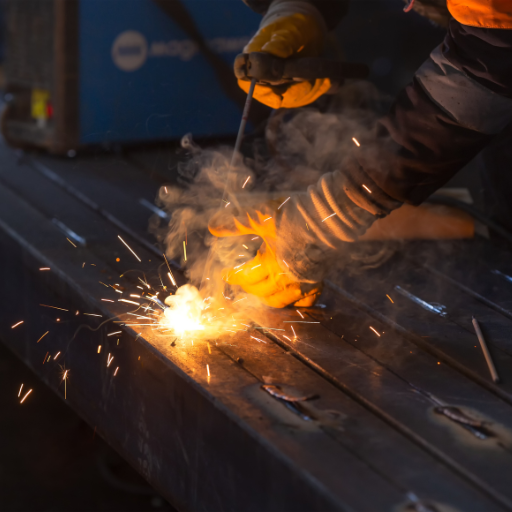
I have learned a lot about flux core welding (FCAW) over the years and picked up several tricks that I consider to be invaluable in becoming good at it. One of my primary concerns is the stick-out length which should be between 3/4 and 1 inch long in order for me to achieve the best arc stability and penetration possible. Equally important is maintaining a steady travel speed and angle; I generally keep my travel angle at around 10-15 degrees from vertical so as not to get any defects like porosity or lack of fusion.
Pre-cleaning your material can make or break your weld — taking off rust, paint, oil etc., will greatly enhance its quality. Additionally, always use the right voltage and wire feed speed settings as advised by the manufacturer but feel free to adjust them after doing some test welds.
As you might know, spatter is a big problem with FCAW; however, there are measures one can take against this such as using anti spatter spray and ensuring that your work area is well ventilated enough so that you don’t inhale too much fumes. Lastly, try practicing different positions like overheads or verticals because they help improve versatility when it comes to welding. These few tips have consistently enabled me produce high standard welds through out my career thus far with flux core welding.
Flux Core Welding for Beginners: Getting Started
When I started to learn flux core welding as a beginner (FCAW), I knew that the first thing that I had to do was understand the equipment and materials required. What differs from traditional MIG welders is that a flux core welder does not need a separate shielding gas so it can be used for outdoor works or in windy conditions.
Then, I looked for the right wire. For most of my projects as an amateur, E71T-1 seemed to be the best choice as it can be used on various types of steel. Another important aspect was setting up my work environment.I have always ensured that my welding surface is clean by removing rust, paint, or any other debris which could interfere with a strong and clean weld.
The stick-out length was one of the techniques that helped me most – it refers to the distance between the contact tube tip and arc where wire melts into droplets.Sticking around 3/4 to 1 inch has given me consistent results. Besides that,I also considered travel speed and angle carefully. To avoid problems like porosity or lack of fusion,10-15 degrees of travel angle combined with steady movement work well against such defects.
Moreover, working on scrap metal has been very useful because it allows me to experience different positions like horizontal or overhead welding. With practice, patience and following these initial steps – you should be able to build your own solid foundation in flux core welding!
Advanced Techniques in Flux Core Welding
When I got past the fundamentals, I centered my attention on the advanced techniques of flux core welding. The ability to control heat input was one of the most important skills that I learned. This consisted of adjusting voltage and wire feed speed so as to produce uniform weld beads without overheating the base metal. Furthermore, I employed various weave patterns like circular or zigzag weaves which are especially useful when filling wide gaps or joining thick sections together; such patterns help distribute heat more evenly thereby preventing warping or burn through.
Also multi-pass welds were necessary for thicker joints after understanding their significance; they offer better penetration and stronger joint than single pass welding can provide. To do this, it is mandatory that you clean between each pass since it removes slag which may lead to inclusions if left behind.
Working in different positions was another part of my training for advanced skills acquisition in welding industry. For example vertical up requires different technique from flat position welding where short arc length must be maintained with slight whipping motion used to control molten pool so that it does not sag down.
Finally despite the fact that shielding gases are not needed when using flux cored wires as they already have such elements, but still learning about them has broadened my scope when working on specialized projects . So far what has helped me improve on my skills more than anything else is challenging myself by trying out new methods which fall under this category as they have greatly enhanced precision levels while at work.
Choosing the Right Flux Core Wire for Your Welding Project
When choosing a flux core wire for my welding projects, there are some things that need to be taken into account. The first step is to figure out what kind of material I am working with because different wires are made for different metals like mild steel or stainless steel. After that, I should look at its classification which shows its properties and recommended applications too. Another important thing to know about is the diameter of this wire since thicker ones suit heavier workpieces while thinner ones work better on light duty tasks. It would be good also if I evaluate shielding requirements; self shielded wires can be used outdoors or in drafty places where gas shield may not work well. Moreover, tensile strength and impact resistance are among the factors which must not be ignored when checking whether or not it satisfies my project’s needs. By taking all these points seriously into consideration, I will choose nothing but the most appropriate flux core wire for any given welding task so that desired results can be achieved easily.
A Deep Dive into the Welding Process: Submerged Arc Welding (SAW) and Flux
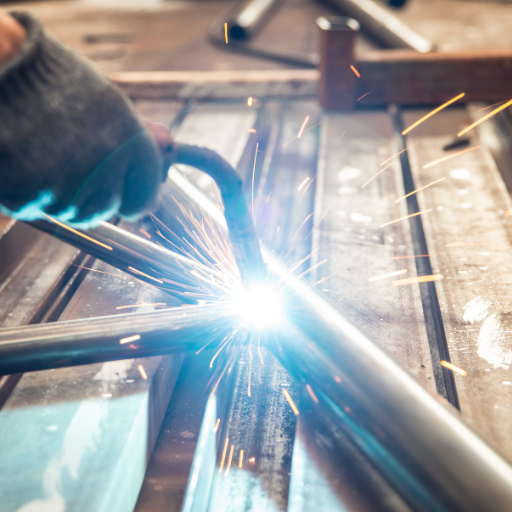
How Submerged Arc Welding Utilizes Flux for Superior Welds
Comparing SAW Flux with Other Welding Fluxes
Best Practices for Handling and Storing SAW Flux
The Evolution of Welding Flux in Modern Welding Work
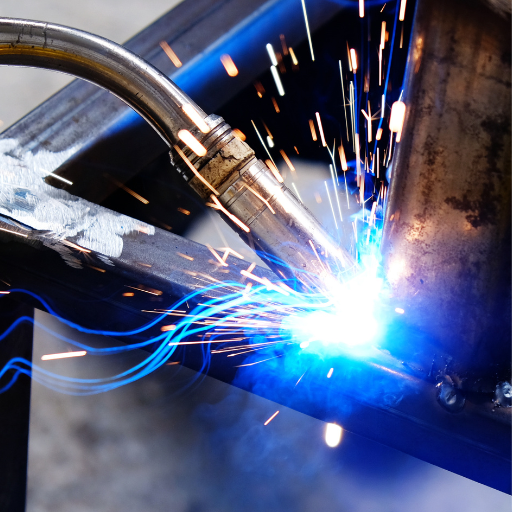
The Development of Welding Flux Through the Ages
Modern Innovations in Welding Flux Composition
Future Trends in Flux and Welding Technologies
Overcoming Common Challenges in Welding with Flux
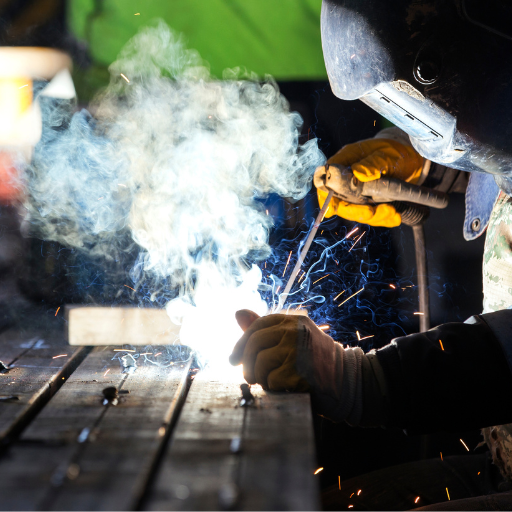
Preventing Slag Inclusions and Other Flux-related Weld Defects
Optimizing Flux Usage to Enhance Weld Strength and Appearance
Solving Compatibility Issues Between Flux and Different Metal Alloys
Reference sources
-
Arccaptain – How to Flux Core MIG Weld THIN Sheet Metal
- Arccaptain provides a detailed guide on flux core welding, specifically focusing on techniques for welding thin sheet metal, making it a valuable resource for understanding the practical applications of flux core welding.
- Source: Arccaptain
-
AAJJO – Mastering Flux Welding: A Comprehensive Guide
- AAJJO’s extensive guide covers techniques, benefits, and applications of flux welding, offering a thorough overview that is essential for both beginners and experienced welders.
- Source: AAJJO
-
New England Institute of Technology – A Complete Guide on Flux Cored Arc Welding (FCAW)
- This source from NEIT delves into flux-cored arc welding, discussing its uses, methods, and other critical information necessary to understand this welding process deeply.
- Source: NEIT
Frequently Asked Questions (FAQs)
Q: What is flux welding and how does it differ from other welding processes?
A: Flux welding, also known as flux-cored arc welding (FCAW), is a process that uses a continuous tubular electrode filled with flux to weld metals. The key difference between flux welding and other welding processes, such as TIG (Tungsten Inert Gas) welding and MIG (Metal Inert Gas) welding, lies in the use of the flux core within the electrode. This flux core provides the shielding gas needed to protect the weld pool from contamination, which in TIG and MIG welding is provided externally from a gas cylinder.
Q: Why is an electrode filled with flux used in welding?
A: An electrode filled with flux is used in welding because the flux serves multiple critical functions during the welding process. It helps to stabilize the electric arc, protect the molten weld pool from atmospheric contamination, remove impurities from the surface of the metal being welded, and can also add alloying elements to the weld metal to enhance its properties. The flux essentially acts as a shield and a purifier for the weld area.
Q: Can flux welding be used on all types of metals?
A: Flux welding can be used on a wide range of metals, including carbon steels, low-alloy steels, and stainless steels. However, its applicability to other metals, such as aluminum or titanium, might be limited compared to other processes like TIG welding. The suitability of flux welding for a specific metal depends on the type of flux used in the electrode, as different fluxes are made to work with different base metals and to perform under varying conditions.
Q: What are the advantages of using flux in arc welding processes?
A: Using a flux in arc welding processes has several advantages. Fluxes help in stabilizing the electric arc, reducing spatter, and improving the arc starting characteristics. They also protect the weld pool from atmospheric gases, such as oxygen and nitrogen, that can cause defects. Moreover, fluxes help in slag formation which covers the weld and protects it as it cools, besides helping in removing impurities from the melt. Flux composition can also be tailored to improve the mechanical and chemical properties of the weld metal.
Q: What role does the electric arc play in flux welding?
A: The electric arc in flux welding plays a crucial role by heating and melting both the base metal and the electrode to form the weld. The electric arc produces a high temperature, which melts the electrode’s outer metal shell and the core flux, causing it to vaporize and form a shielding gas that protects the weld area from contamination. The intense heat of the electric arc also helps in creating a strong, uniform weld between the pieces of metal being joined.
Q: What are the fundamentals of welding and how do they apply to flux welding?
A: The fundamentals of welding include understanding the behavior of metals under heat, the chemistry of metal joining, the role of shielding gases, and the principles of electric arc generation. In flux welding, these fundamentals are applied through the use of an electrode filled with flux that melts with the base metal to create the joint. The flux acts to protect the weld pool under a blanket of slag, and the heating is provided by an electric arc between the electrode and the base metal. Mastery of the basics such as correct angle, proper heat control, and choosing the right electrode and flux composition are essential for successful flux welding.
Q: How do rutile-based fluxes affect weld quality in flux welding?
A: Rutile-based fluxes, commonly used in flux welding, are known for their ability to produce smooth, well-formed weld beads with good slag detachability. They tend to create less spatter and allow for higher welding speeds. Additionally, these fluxes usually provide excellent operator appeal due to their easy arc starting and stable arc characteristics. The positive effect on weld quality includes improved mechanical properties of the weld, such as toughness and ductility, especially in mild and medium carbon steels.
Q: Can flux welding be automated?
A: Yes, flux welding can be automated. Automated flux welding is commonly used in industrial applications where high productivity, consistent quality, and precision are required. The process lends itself well to automation because the continuous wire feed and consistent flux delivery can be easily controlled by machines, allowing for long welds to be made without stopping. Automation also reduces the potential for human error and can significantly improve the efficiency and safety of welding operations, especially in challenging or repetitive welding tasks.



